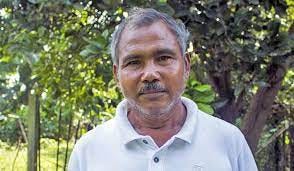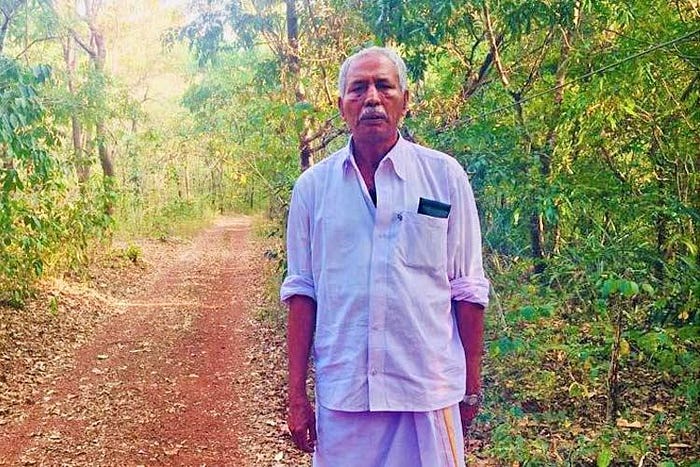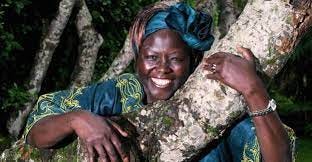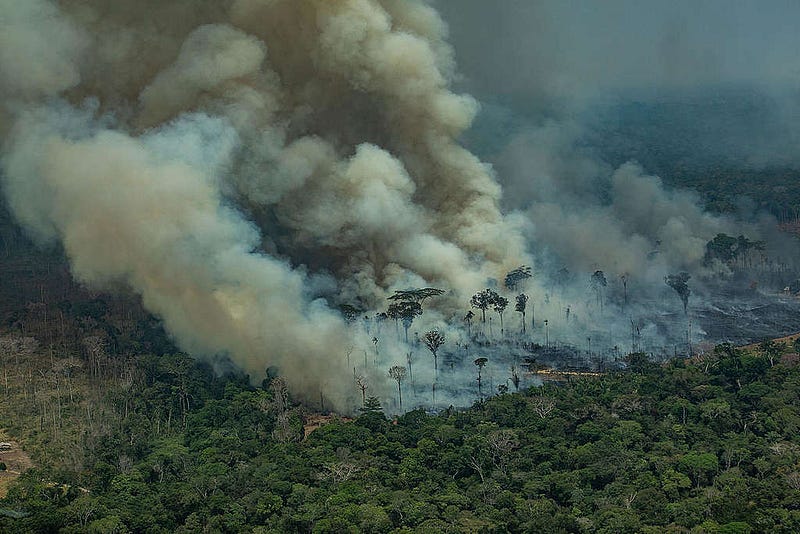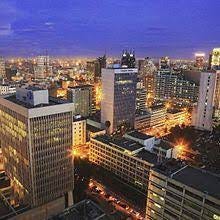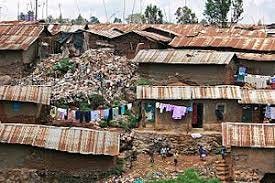Against the imperial war machine
“A weapons company has no more interest in ending war than an umbrella company has in ending rain. War is their business.” Indrajit Samarajiva

Depending on which media they follow, people might believe the USA and the North Atlantic Treaty Organization (NATO) provoked the war in Ukraine. Others think it was all Vladimir Putin’s fault, but isn’t the question really how they can get out of it?
Russians and Ukrainians both want peace. Presidents Putin and Zelensky have both said they want peace with security. So who wants to keep the war going?
Answer: the United States of America’s rulers do. This war is not between Russia and Ukraine. It’s between the United States and Russia, with the US using Ukrainians as sacrificial foot soldiers. This is a disaster for Ukraine, for Russia, and for all of us.
US officials have actively discouraged negotiations. Secretary of State Anthony Blinken told President Zelensky, “You don’t negotiate with a gun to your head.” President Biden has called President Putin a war criminal. Instead of negotiating, the US and NATO keep sending weapons to Ukraine and imposing more sanctions on Russia.
America wants war
There are two main reasons for American war policies. Those arms sales and giveaways put billions of dollars into the military industrial complex (MIC). Top arms corporations Raytheon, Grumman, Lockheed Martin and Boeing have seen their stocks rise to the highest level in decades. Not only the USA, but many NATO countries have ramped up their military budgets “because of Ukraine,” spending that goes to these war corporations.
The MIC essentially controls the Departments of Defense. General Lloyd Austin, Secretary of Defense is a former Raytheon Director (a one-man MIC.) As Sri Lankan critic Indrajit Samarajiva says, “An arms company being against war would be like an umbrella company being against rain.” That’s why our wars never end.
But there’s a deeper reason. Many US leaders want to draw Russia into an open-ended conflict that will drain their resources and erode Russian people’s support for their own government.
The US used this same strategy against the old USSR, getting them bogged down in a long war against Islamic fundamentalists in Afghanistan. As a result, much of Afghanistan was destroyed, the Taliban and their terrorist al-Qaeda allies came to power, the Soviet Union disintegrated, and we got 9/11 and the War on Terror.
The US used the same strategy in Syria, trying to turn it into a “quagmire” for Russia, according to US Special Representative to Syria James Jeffrey. They destroyed Syria in the process. Now they’re following the same playbook in Ukraine, engineering a coup called the Maidan Revolution in 2014 and installing a government hostile to Russia.
Russia has vast mineral resources (it makes up 1/9 of the world’s land mass) and multinational corporations want to get their hands on that wealth. Putin’s government is blocking that takeover. And the US seeks to maintain what they call a unipolar world, in which they are not just #1, but the one and only.
Their goal is to grind Russia down and change their government to one friendlier to US corporate interests. Dead Ukrainians and ruined cities move the regime change program forward.
Hybrid war
The US war on Russia has several dimensions, starting with propaganda, which means emotionally loaded information, often false, designed to change people’s attitudes and beliefs. Do you remember the election of Donald Trump in 2016 and the five years of Russiagate conspiracy theory that followed? Stories alleging Russian control of the Trump White House ran every day, and on outlets like MSNBC, every hour.
Even now, liberals call Republicans the party of Putin. Anyone who questions US war narratives, will be called a Russian asset, if not a traitor. People are being propagandized to hate Russia.
Blaming Russia for everything has become a compulsion for the US rulers, and it has reached truly sick and dangerous levels. I’m looking at the MSN news cover page now, and I see at least six different stories about a Ukrainian mother who died, an American reporter killed, a Ukrainian city shelled, Russia “planning an attack with bio-weapons”, and so on.
One or two of those stories may even have some truth, although most don’t hold up when investigated. But where are the stories of Russians killed in the Donbas or Ukrainian negotiators killed by their own security agencies? Where is the history of US meddling in Ukraine that led up to the war?
Not only the Russian government, but all things Russian are demonized. Their sports teams have been excluded from international competition; their musicians’ performances canceled, the books of Dostoyevsky and Tolstoy removed from shelves, Beef Stroganoff removed from menus. For comparison, US teams were not banned after the Iraq invasion, nor Israeli teams after the destruction of Gaza in 2014, or since.
Without propaganda, there would be no war. Our government needs people’s active or passive support to carry out their war agenda. Since people don’t want war and are hurt by it, war mongers lay siege to our minds to win our support for things we would normally reject.
Economic war
The U.S. war on Russia is also economic. When the Soviet Union disbanded in 1991 and chose to move away from socialism, US economic advisers moved in and advised a “shock therapy” that involved giving away publicly owned institutions and resources to private individuals who became fabulously wealthy “oligarchs.” To facilitate this, US advisers managed to get Boris Yeltsin, a drunk who was happy to serve America, elected President. Without Soviet-type social supports in a collapsing economy, people fell into poverty; their lives got shorter. That crisis led to the election of Vladimir Putin, under whose leadership the now-capitalist economy and Russian life recovered. The US has been sanctioning Russia for one thing or another ever since.
Sanctions are economic warfare, the modern version of the sieges of medieval times. The sanctions on Russia include the outright theft of $600 billion Russia had saved for development and for potential crises. The idea is to strangle Russia economically and provoke uprisings among the people.
The US has used sanctions to provoke rebellion in Iran, Cuba, and Venezuela and many other countries, without much success. As one Serbian sanction victim said, “You’re too busy trying to survive to think about protesting.”
The sanctions on Russia may be the most extreme ever seen and amount to “cutting Russia out of the world economy,” according to Mitchell Hartman in Marketplace.org. This will mean poverty reminiscent of the 1990s shock therapy.
But sanctions will not bring peace. They are bringing food and fuel shortages around the world already. People in Africa and Asia will lose access to Russian grain exports and may starve. Europeans will shiver without Russian energy, and Americans will pay far higher prices. Western governments urge people to happily pay higher prices to “defend freedom” or “stand with Ukraine.”

Hybrid war hurts all of us
Hybrid wars have at least three parts: military war with proxy forces like the Taliban, ISIS, or Ukrainian nationalists, economic war through sanctions and seizures, and a propaganda war through media. This war hurts all of us through rising prices and spreading violence. It also pulls the world away from any attempt to heal our climate and our environment, which should be our top (only) priority. Instead, the military spending and bombs exploding make environmental destruction worse.
So, this is a critical time. What should we do to save Ukraine, Russia, and ourselves? Here are a few things we need to keep talking and doing something about.
● Stop sanctions — not only on Russia, but on Venezuela and the dozen other countries whose people are suffering. Refuse to pay elevated prices that the sanctions create at the gas pump.
● Stop sending weapons to Ukraine. Weapons just get more Ukrainians killed. No more weapons to Saudi Arabia, Israel and other violent governments either.
● Demand negotiations now. People ask ‘So what do we do? Just let Putin have everything?” The answer is to negotiate; the US has tremendous leverage and could make a deal if they wanted to. Bring all the troops, mercenaries, and volunteer fighters home.
● No NATO expansion and no new nuclear weapons in Europe. Rolling back NATO would be a good idea; it has no good reason to exist and has destroyed societies from Yugoslavia to Libya.
● Turn off the TV and stop paying attention to corporate propaganda. As Malcolm X said, “If you’re not careful, the newspapers will have you hating the oppressed and loving the oppressors.” If you watch corporate media, it will be very difficult to stay sane or see truth.
Don’t stand with Ukraine. Stand with everyone, because the empire is attacking everyone, even you, even the Earth.
— — — — — — — — — — — — –
Thanks for reading! Please comment, share, or steal. Follow me on Twitter, on Facebook or medium.com. Hire me for freelancing, editing, or tutoring on Linked In



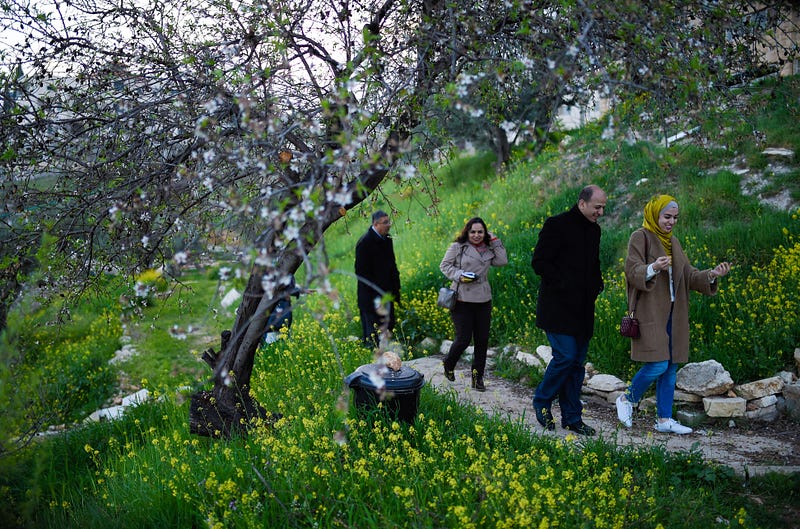
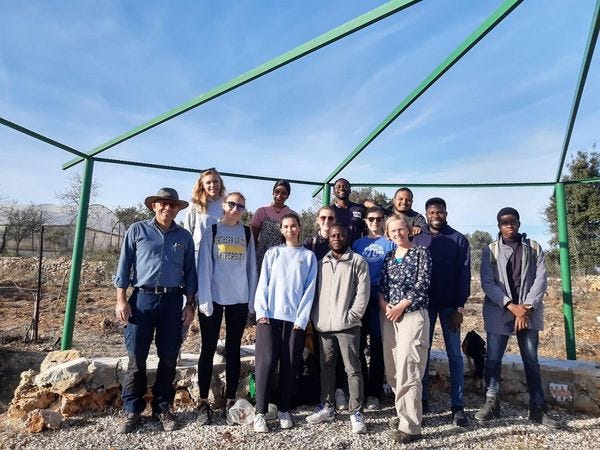
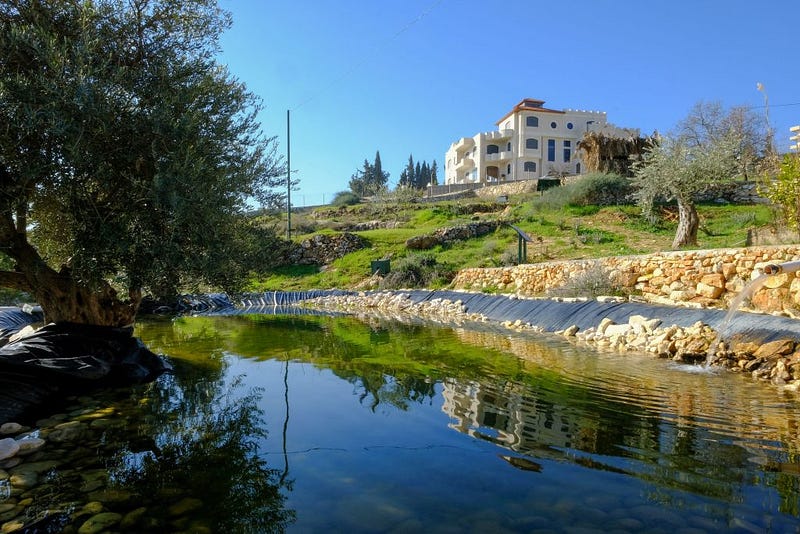
 Environmental leader Wangari Maathai (1940–2011) Image Biography.com
Environmental leader Wangari Maathai (1940–2011) Image Biography.com





